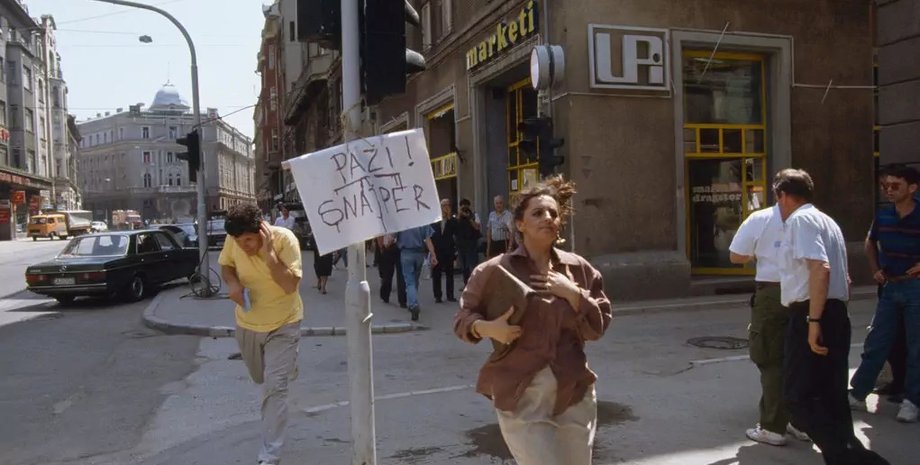
 By Eliza Popova
By Eliza Popova
Focus collected everything that is known. They were called "weekend snipers". These were wealthy people who, in the period from 1993 to 1995, shot for fun at the inhabitants of Sarajevo during the war in Yugoslavia. These events, which the journalist and writer Ezio Gavazzeni condemned in his lawsuit, have become the subject of close attention of the Milan prosecutor's office, which is investigating as a premeditated murder burdened with brutality and base motives.
The goal is to identify the participants in the massacre of more than 11,000 people between 1993 and 1995. Gavazzeni says he has known about the "human safari" in Sarajevo since 1995, when the Italian newspaper Corriere della Sera published a report on testimony given to the Permanent People's Tribunal, which held two hearings, one in Barcelona and the other in Trento. He wanted to write a documentary novel, but later had to abandon this idea.
The 2022 documentary "Sarajevo Safari" reminded him of the events in Sarajevo. "There were testimonies of a couple who lost a child in a stroller, as well as a testimony of a person who ended up in a wheelchair after being wounded in the back by a sniper's bullet," says Gavazzeni. Gavazzeni notes that not only Italians went to the "Sarajevo Safari". There were millionaires from Spain, France, other European countries, as well as from Russia, Canada and the USA.
This is also mentioned in the book "Sarajevo bastards" by Luca Leone, published in 2014. According to him, there was a certain organization that allowed these people to be brought to a place where they could freely shoot innocent people. According to Gavazzeni, there were dozens of those who went on "sniper tourism" to Sarajevo. And it was expensive — one "human safari" cost the participants "the cost of a three-room apartment in the center of Milan.
" These were people "very familiar with weapons. People who are 65 to 80 years old today. " Former Sarajevo mayor Benjamina Karic is ready to testify in a case involving the Bosnian capital, which was under siege from 1992 to 1996. She already filed a statement after the premiere of the film "Sarajevo Safari" and now wants to testify in Milan. And another witness claims that the Italian special services knew about Italian compatriots who paid for the shooting of civilians in Sarajevo.
"Bosnian special services learned about the 'human safari' at the end of 1993. All this happened in the winter of 1993 and 1994. We informed SISMI (Secret Service of Italy) in early 1994. SISMI's reply came two months later: "We discovered that the safari was going from Trieste.
We interrupted it and the safari will not take place again," said a former Bosnian intelligence agent, who heads the list of witnesses that the Milan prosecutor's office is going to call to clarify the events during the siege of the Bosnian capital in 1992-1996. After this correspondence, according to the source, the issue was not discussed again.
"We did not receive from SISMI the names of the hunters or the organizers, but there should be a SISMI document that confirms that at the beginning In 1994, in Trieste, they discovered the base of departure and interrupted the operation," said the Bosnian.
It is noted that on a safari to Sarajevo from Italy, they set off on a confusing route: from Milan, Turin, Veneto and Friuli to Trieste, then a flight to Belgrade, and then by helicopter or land, the "weekend snipers" were transported to the mountains in the war zone with the help, including money, of parts of the Serbian army. It is noted that the Italian snipers also used humanitarian cover. These are humanitarian shipments that went to support the war-affected population of Sarajevo.
"Even today, the witnesses are under pressure from Serbian intelligence, which demands to keep the entire operation secret. The film was supposed to include an interview with the pilot who was transporting "snipers" from Belgrade to Bosnia and Herzegovina, but he refused before the start of filming, because BIA (Serbian intelligence) agents threatened to kill his entire family," the agent claims.
American firefighter John Jordan also testified, who had already spoken about the "human safari" in Sarajevo before the court in The Hague in 2007. he was a volunteer who helped civilians and was injured during one of the rescue operations. And he was the first to tell about "weekend snipers. " Judging by their clothes, weapons, behavior: they were led and guided by local residents. I saw it in Sarajevo. My other employees also saw this in the Mostar area," Jordan said.
When asked, "did you manage to visually distinguish between local residents and foreigners in Sarajevo," he already answered Judge Patrick Robinson: "Yes, I am an experienced observer and am able to recognize when a person who is clearly unfamiliar with the area is literally being led by the hand by people who know it well. " He recalled that the tourist snipers were dressed in a mixture of civilian clothes and military clothing, but the main thing that distinguished them was the weapon.
"Anyone can walk into a military store and dress up as a soldier of any army. But the local people had specific weapons: when you saw someone with a weapon that was more suitable for hunting wild boar in the Black Forest than for urban combat in the Balkans, and when you noticed that he was awkwardly moving through the rubble, it became obvious," said Jordan. He also spoke about a certain selection of specific "targets".
"What could be the motive for shooting at a fireman who was trying to put out a fire in a house? I have noticed that in some cases the target of the shooters was the youngest member of the family. If an adult and a child walked together, the child was shot. If there was a family, they shot the youngest. In the crowd of girls, it was assumed that they would shoot at the most attractive one," he said.
Also, in Sarajevo, the participants of sniper tourism were nicknamed "burgomasters", because they also got to Bosnia from Croatia, where, in turn, they came from Germany. The term "burgomasters" is a slang expression that indicates that Croatia was an ally and a friendly country, for example, Germany - that's where these "tourists" came from. came from that direction.
In our area, it was difficult to bring a tourist to shoot up the slope, so the "Hunting" on civilians in Sarajevo was so common that a number of streets in the city got the name "Sniper's Alley" - they connected the industrial part of the city (and further to Sarajevo). Snipers hid in high-rise buildings and in the mountains surrounding Sarajevo, residents still had to move around the city, risking their lives.
Signs reading "Beware - sniper!" were commonplace, or they would run after the UN armored vehicles as a shield. snipers wounded 1,030 people, 60 of whom were children. The war in Bosnia and Herzegovina (1992-1995) was one of the bloodiest conflicts in Europe since World War II, killing approximately 100,000 people and causing massive ethnic cleansing Bosnian Muslims (44%), Serbs (31%) and Croats (17%) declared independence in March 1992.
This provoked an armed confrontation: the Serbs, supported by Slobodan Milosevic, sought the creation of a "Greater Serbia" and the secession of the territories. Fighting began in April 1992 with the siege of Sarajevo by the Serbs forces. Key events included the massacre in Srebrenica (July 1995) where Serbian troops under the command of Ratko Mladic killed more than 8,000 Bosnian men and boys.
The UN introduced peacekeepers, but their mandate was limited Agreements (November-December 1995, Paris) ended the war. The tribunal in The Hague convicted dozens of war criminals, including Milosevic (died in 2021). We will remind you that Focus wrote about the safari of people in Sarajevo, and that some of the Italians were found out about them. Yes, one from the "weekend snipers" was a surgeon from the plastic surgery clinic. The Russians use similar tactics in Kherson.


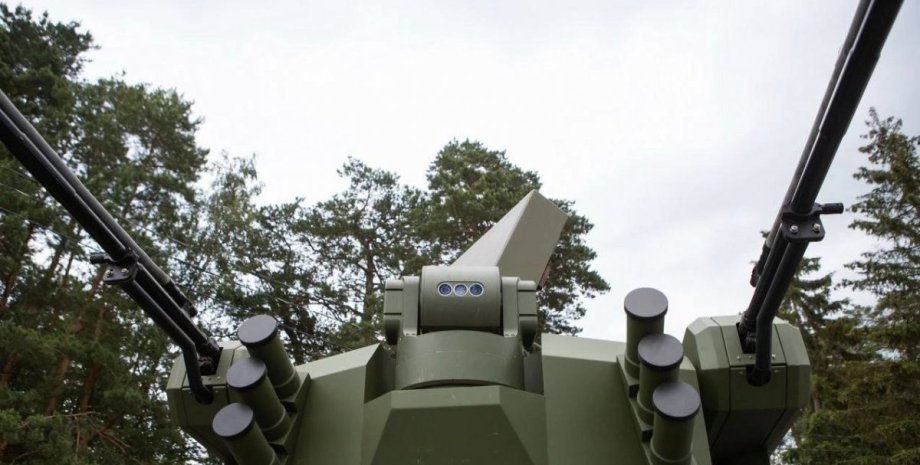
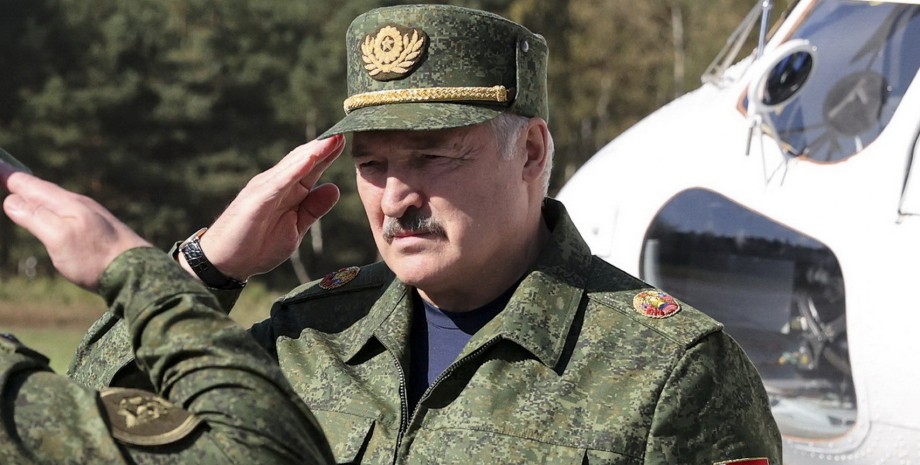


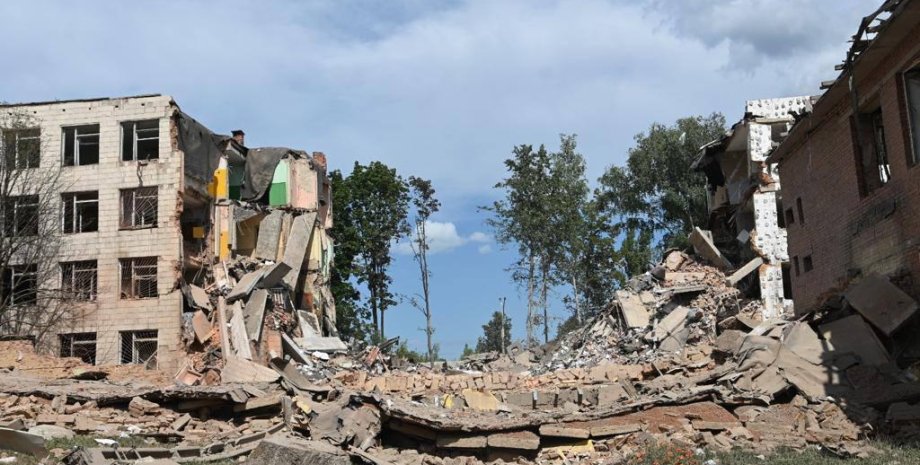
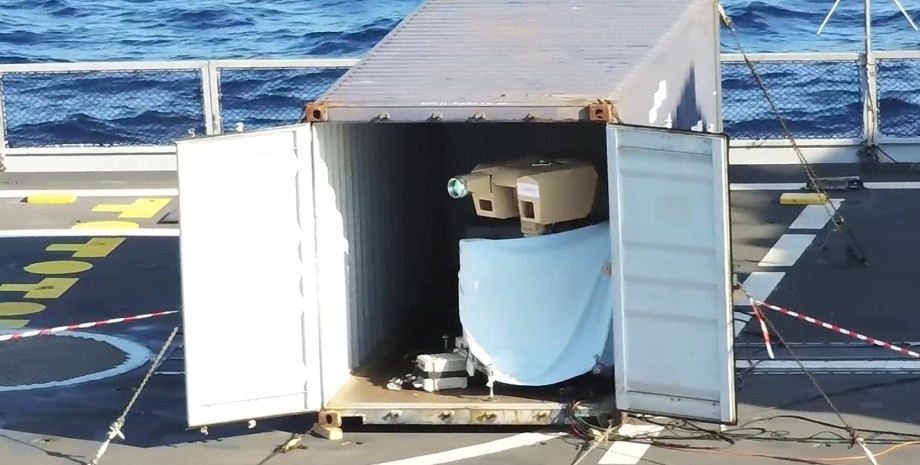
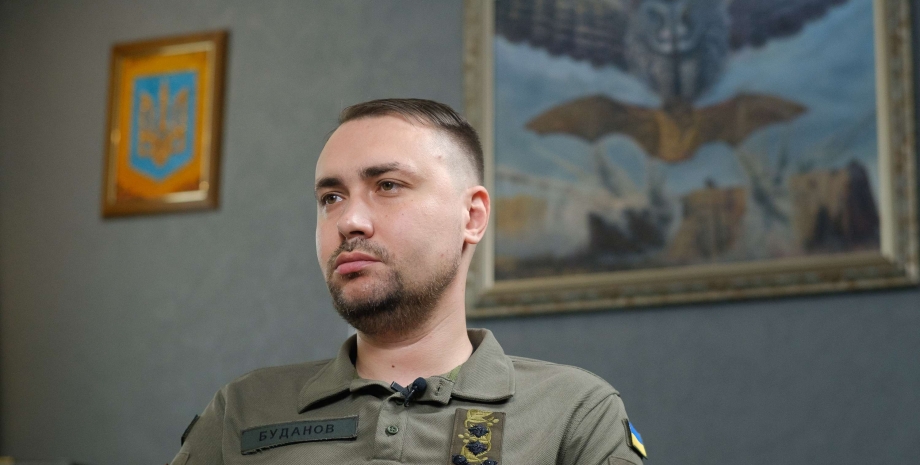
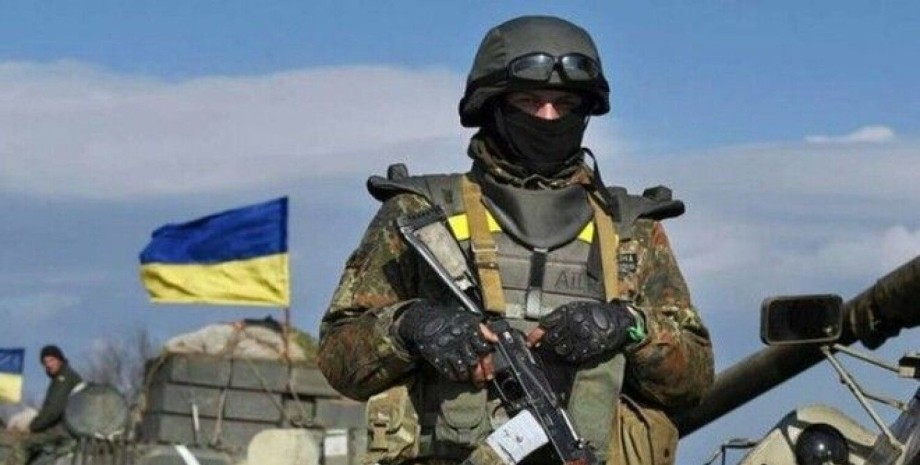
All rights reserved IN-Ukraine.info - 2022